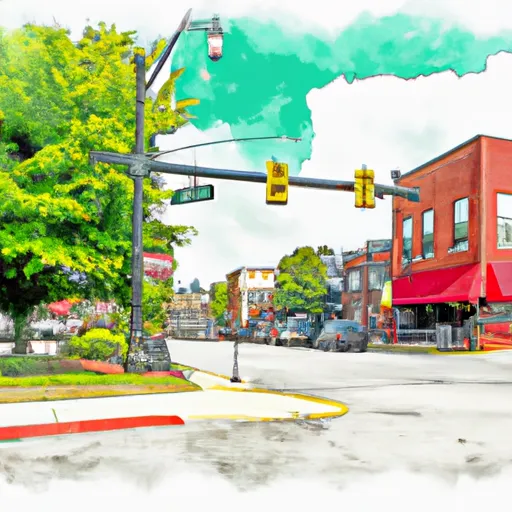°F
°F
mph
Windspeed
%
Humidity











Maplewood, Ohio is a charming small town located in Trumbull County. The climate in Maplewood is considered humid continental, experiencing four distinct seasons throughout the year. Summers are warm and humid with average temperatures ranging from the high 70s to the low 80s Fahrenheit, while winters are cold and snowy with temperatures often dropping below freezing.
Hydrology constituents in Maplewood are primarily influenced by the nearby Mahoning River, which flows through the county. The river provides ample opportunities for fishing, boating, and other water-based activities. Additionally, the region is known for its numerous lakes and reservoirs, such as Mosquito Lake State Park, which offer further recreational possibilities.
Maplewood boasts plenty of outdoor recreation opportunities for nature enthusiasts. The town is surrounded by picturesque landscapes and lush green forests, making it ideal for hiking, camping, and wildlife observation. There are also several parks and nature preserves where visitors can enjoy picnicking, birdwatching, and exploring scenic trails.
In conclusion, Maplewood, Ohio offers a diverse climate with distinct seasons, hydrology constituents influenced by the Mahoning River, and a plethora of outdoor recreation opportunities for residents and visitors to enjoy throughout the year.
Weather Forecast
Maplewood receives approximately 1020mm of rain per year, with humidity levels near 83% and air temperatures averaging around 10°C. Maplewood has a plant hardyness factor of 6, meaning plants and agriculture in this region thrive during a short period during spring and early summer. Most plants will die off during the colder winter months.
Regional Streamflow Levels
56
Cubic Feet Per Second
47
Cubic Feet Per Second
24
Cubic Feet Per Second
939
Cubic Feet Per Second
Nearby Camping
| Camping Area | Reservations | Toilets | Showers |
|---|---|---|---|
| Pinckney State Rec Area | |||
| Green Lake - Waterloo State Rec Area | |||
| Sugarloaf Lake - Waterloo State Rec Area | |||
| Mary Jane Thurston State Park | |||
| Portage Lake - Waterloo State Rec Area | |||
| W. J. Hayes State Park |



